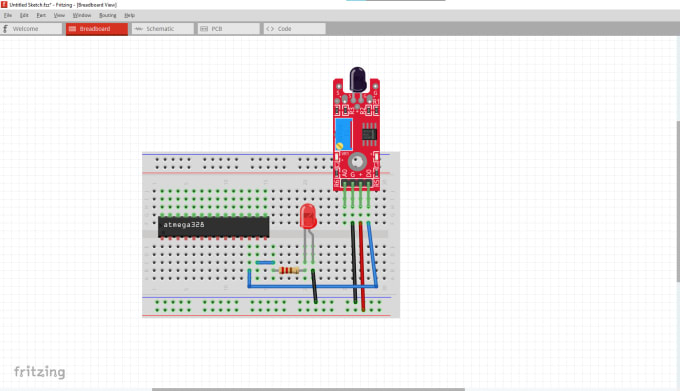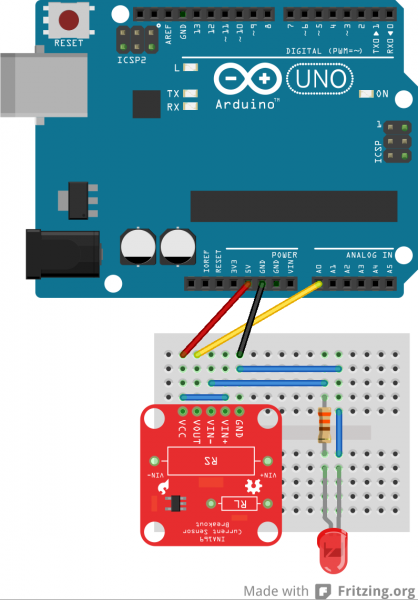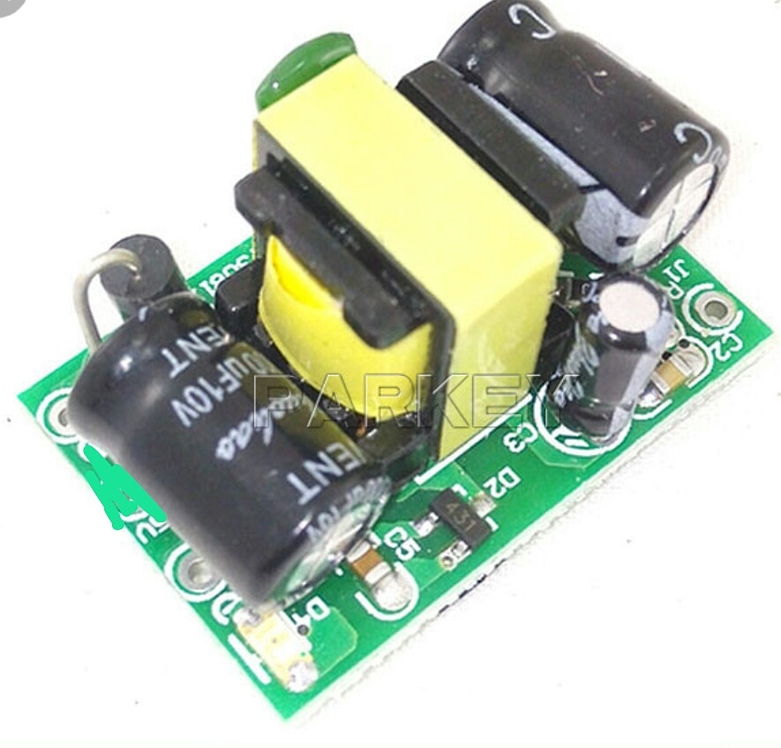

When pressure is applied, the resistance measured between the outer leads lowers until you’ve reached the max pressure it’s intended to measure. When no pressure is applied, the resistance between the two outer leads is incredibly large, probably greater than 10 Mega Ohms (more than my meter can measure). The Flexiforce Pressure Sensor is essentially a variable resistor. You’ll also need the Arduino IDE for programming.

It would be great if you could fix the problems, homogenize all the parts (e.g., now the pulse and the ac power supplies have different circle diameters) and use the Fritzing conventions. I also made a pulse power supply, but it is based on the battery and it is rotated. There is also an AC power supply (add a dc power supply and change it to AC), but this part does not align well vertically with the grid and connects not at the end of the connector:

See also SCH DC Power: wires from the center of the connectors The DC power (sch part only) is not aligned with the grid correctly and has a problem with the wires connecting in the middle of the connectors. This forces to rotate the part (which is annoying for advanced users) or contributes to creating “ugly” schematics by beginners, see power supplies need to be oriented vertically The battery part in core is ok, but it is rotated 90 degrees, which is not the common way of writing electronics (power at the top and ground at the bottom). I could use your expertise with SVGs and Fritzing conventions if you are up to it.

I am working on extending the simulator for transitory analysis and I realized that the different power supplies have some issues and they are very heterogeneous.


 0 kommentar(er)
0 kommentar(er)
